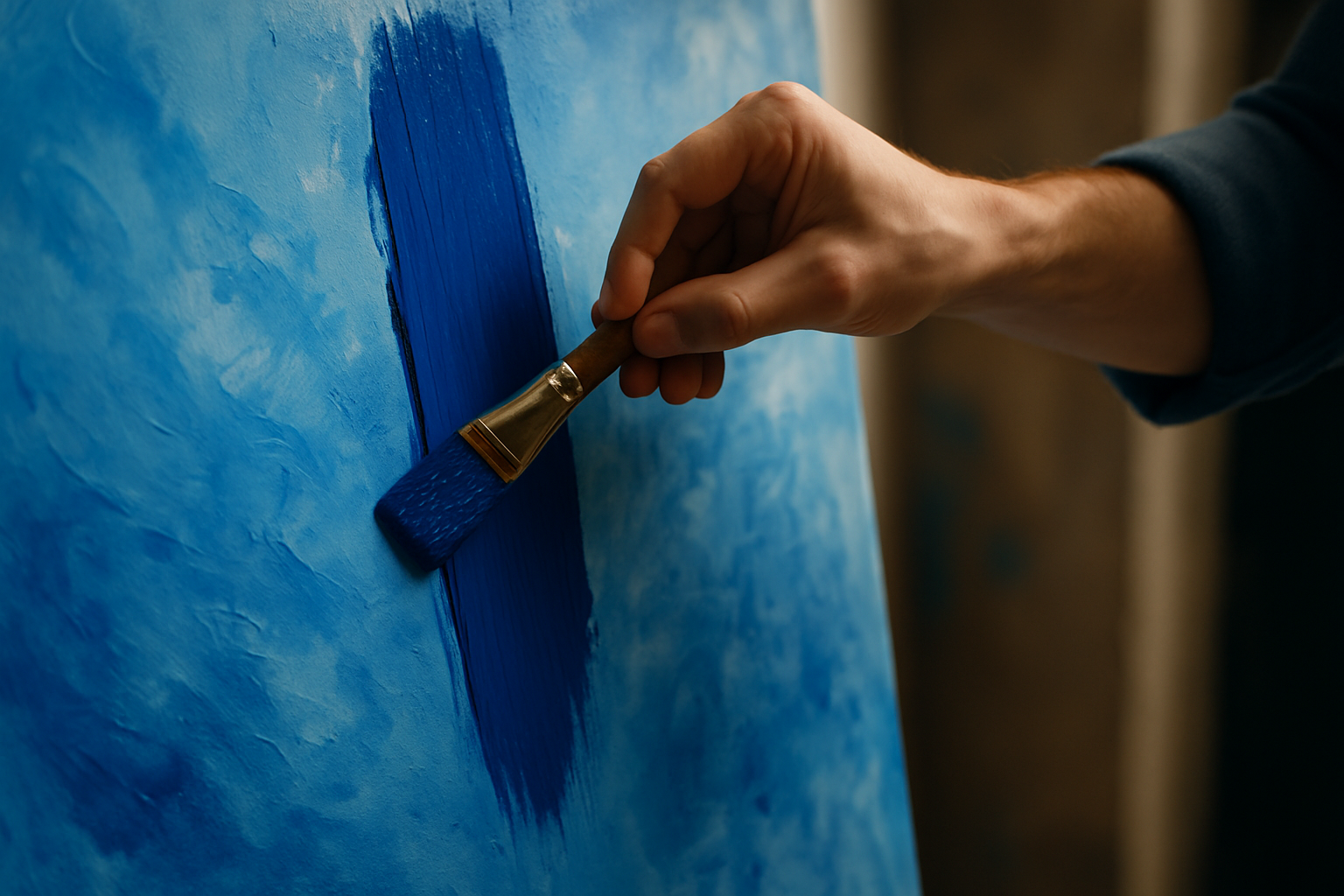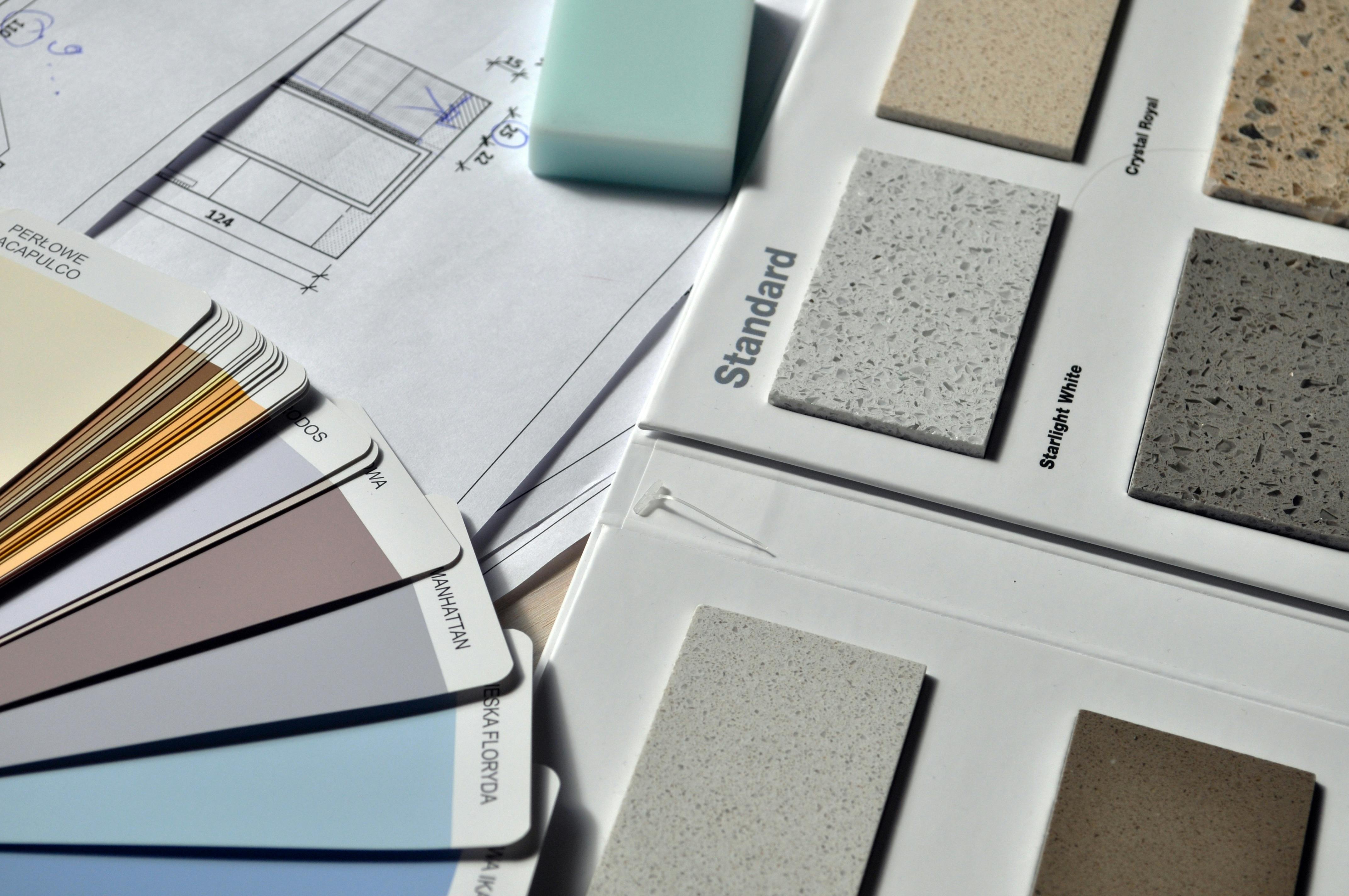Discover the Unexpected Benefits of Using a 3D Pen in Art and Design
The world of art and design is constantly evolving, and one tool that has been making waves in recent years is the 3D pen. This innovative device allows creators to draw three-dimensional objects in mid-air, opening up a realm of possibilities for artists, designers, and hobbyists alike. While many are familiar with 3D printing, the 3D pen offers a more hands-on, intuitive approach to three-dimensional creation. In this article, we'll explore the unexpected benefits of using a 3D pen in art and design, from enhancing creativity to practical applications in various fields.

What are the best 3D pens for beginners under $50?
For those new to the world of 3D pens, finding an affordable yet reliable option is crucial. Fortunately, there are several excellent 3D pens available for beginners that won’t break the bank. Some popular choices include the MYNT3D Basic 3D Pen, the 7TECH 3D Printing Pen, and the Tecboss 3D Pen. These models typically offer user-friendly features such as adjustable temperature settings, compatibility with various filament types, and ergonomic designs for comfortable handling.
When selecting a 3D pen for beginners, consider factors such as ease of use, safety features, and the availability of customer support. Many budget-friendly options come with starter kits that include filaments and stencils, making it easier for newcomers to begin their 3D pen journey.
What are the essential filament colors every creator needs?
The choice of filament colors can significantly impact the outcome of your 3D pen creations. While personal preference plays a role, there are some essential colors that every creator should have in their arsenal:
-
Primary colors: Red, blue, and yellow form the foundation of any color palette.
-
Neutral tones: Black, white, and gray are versatile and can be used for shading and highlighting.
-
Earth tones: Browns and greens are useful for natural and organic designs.
-
Metallic shades: Gold, silver, and bronze can add a touch of elegance to your creations.
-
Translucent filaments: These allow for interesting light effects and can be used to create unique textures.
Having a diverse range of colors enables artists to bring their visions to life more accurately and experiment with different color combinations. As you progress in your 3D pen skills, you may find yourself expanding your color palette to include more specialized shades.
What are common 3D pen mistakes and how can they be avoided?
Like any art form, mastering the 3D pen takes practice and patience. Here are some common mistakes beginners make and tips on how to avoid them:
-
Inconsistent extrusion: Maintain a steady hand and consistent speed when drawing to ensure even lines.
-
Poor temperature control: Adjust the temperature based on the type of filament you’re using to prevent clogs or burning.
-
Lack of planning: Sketch out your design beforehand to have a clear idea of what you’re creating.
-
Ignoring cooling time: Allow layers to cool before building upon them to ensure stability.
-
Overcomplicating designs: Start with simple shapes and gradually work your way up to more complex structures.
-
Neglecting surface preparation: Use appropriate surfaces or templates to create a stable foundation for your designs.
By being aware of these common pitfalls and taking steps to avoid them, beginners can improve their 3D pen skills more quickly and produce higher-quality creations.
How can 3D pens enhance creativity in art and design?
3D pens offer a unique way to bring ideas to life, allowing artists and designers to create tangible, three-dimensional objects directly from their imagination. This immediacy can spark creativity and encourage experimentation with forms and structures that might be challenging to achieve through traditional methods.
One of the most significant benefits of using a 3D pen is the ability to add texture and depth to 2D artwork. Artists can elevate their drawings or paintings by incorporating 3D elements, creating a hybrid form of art that bridges the gap between two and three dimensions. This technique can be particularly effective in mixed media projects, where the 3D pen can add an extra layer of visual interest and tactile appeal.
What practical applications do 3D pens have in design and prototyping?
Beyond artistic expression, 3D pens have found practical applications in various design fields:
-
Product design: Quickly sketch out 3D prototypes to visualize and refine ideas.
-
Architecture: Create scale models of buildings or add intricate details to existing models.
-
Fashion design: Develop unique textile patterns or create avant-garde accessories.
-
Education: Enhance learning experiences in subjects like geometry, biology, and engineering.
-
Repair and customization: Fix or modify plastic objects, or add personalized touches to everyday items.
The versatility of 3D pens makes them valuable tools for professionals and hobbyists alike, offering a hands-on approach to design that complements digital tools and traditional craftsmanship.
How do 3D pens compare to other 3D modeling tools in terms of cost and functionality?
When it comes to 3D modeling and creation, 3D pens offer a unique balance of affordability and functionality. Here’s a comparison of 3D pens with other common 3D modeling tools:
| Tool | Cost Range | Functionality | Learning Curve |
|---|---|---|---|
| 3D Pen | $20 - $150 | Freehand 3D drawing, basic modeling | Low |
| 3D Printer | $200 - $10,000+ | Complex 3D object creation, high precision | Medium to High |
| 3D Modeling Software | Free - $1,500+ per year | Digital 3D design, complex modeling | High |
| CNC Machine | $1,000 - $100,000+ | Precise subtractive manufacturing | High |
Prices, rates, or cost estimates mentioned in this article are based on the latest available information but may change over time. Independent research is advised before making financial decisions.
3D pens stand out for their accessibility and low entry barrier, making them an excellent choice for beginners or those looking for a more intuitive approach to 3D creation. While they may not offer the precision or complexity of high-end 3D printers or professional modeling software, 3D pens provide a tactile and immediate way to bring ideas to life in three dimensions.
In conclusion, the benefits of using a 3D pen in art and design extend far beyond simple novelty. From enhancing creativity and providing affordable entry into 3D modeling to offering practical applications in various fields, 3D pens are proving to be versatile tools for both professionals and hobbyists. As technology continues to advance, we can expect to see even more innovative uses for these remarkable devices in the world of art and design.




